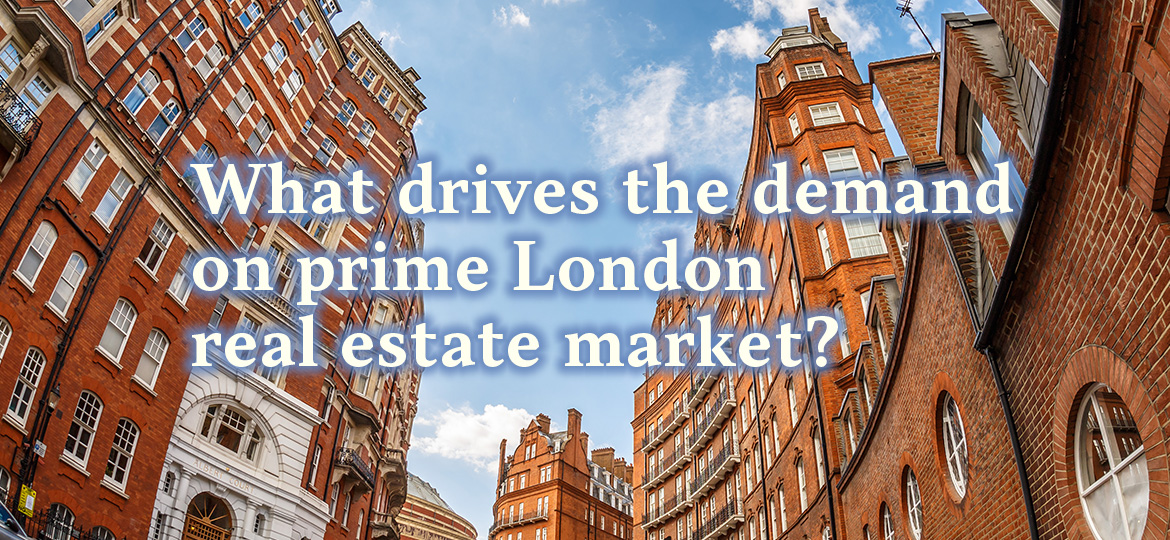
Since the 1990s wave of institutional capital flooding real estate markets, something changed, and experts predict the increasing impact of private wealth in this economy sector. Knight Frank Wealth Report 2019 showed UHNWIs in Africa, Asia, EU, Middle East, Russia and CIS favour UK for property investments. The structure of demand is uneven and depends on the buyer’s age and cultural background.
Millennials spent £3.47 billion altogether, mostly in central London. A smaller amount of 40-54 years old buyers spent £3.50 billion for the same reason, while their 55-75 years old rivals spent more than double that for luxury residences in England – £8.58 billion.
Which destinations in London are more enticing for high net-worth investors? A popular one for all ages is Marylebone, while golden Kensington postcodes are likely to be favourited by wealthy elder generations. It is worth mentioning that new prime residences in Islington are in demand among Millenials and Gen X buyers. Generation X looks more towards Wapping, South Kensington and Tower Bridge.
What about Chelsea? Since late 2014 property prices here have fallen almost 19%, and Chelsea spots became less expensive than a significant number of less central locations. Right now, the average cost of residence in Kensington and Chelsea is around £1,300,000, and it does not display considerable volatility during the last 12 months.
The cheapest area to purchase a property in London remains Dagenham and Barking. An average house there cost south of £300,000.
Why the demand for prime residencies in central London remain stable? It is safe to say that every year, HNWIs are very likely to increase their exposure to real estate by 2-10%. This assessment comes from extensive research of High-Net-Worth Individual (HNWI) respondents to a recent National Real Estate Investor (NREI) report plan.
One potential explanation is that budgets for the prime property remain stable despite market conditions, and so when the market falls purchasers can acquire properties that would previously have been out of reach, as the Chelsea example shows. Another factor is that London never fell from the top ten cities with the highest number of household earning more than £200,000/year and stays the first in the rank of the cities by the average number of nationalities investing. Forecasts show that by 2022, London will be #4 among cities with the highest GDP, leaving Paris and Shanghai way behind. The third reason is that London is the number one city with the most top 100 universities.

Family offices like real prime London estate because they can diversify risk, despite London property index down 1.8% last year. When you buy a GSK, share you expose the portfolio to many different geographies. That doesn’t happen when you buy a property with a retail floor in Soho, and families like that.
Yury Gantman,
CEO, Oracle Capital Advisors


